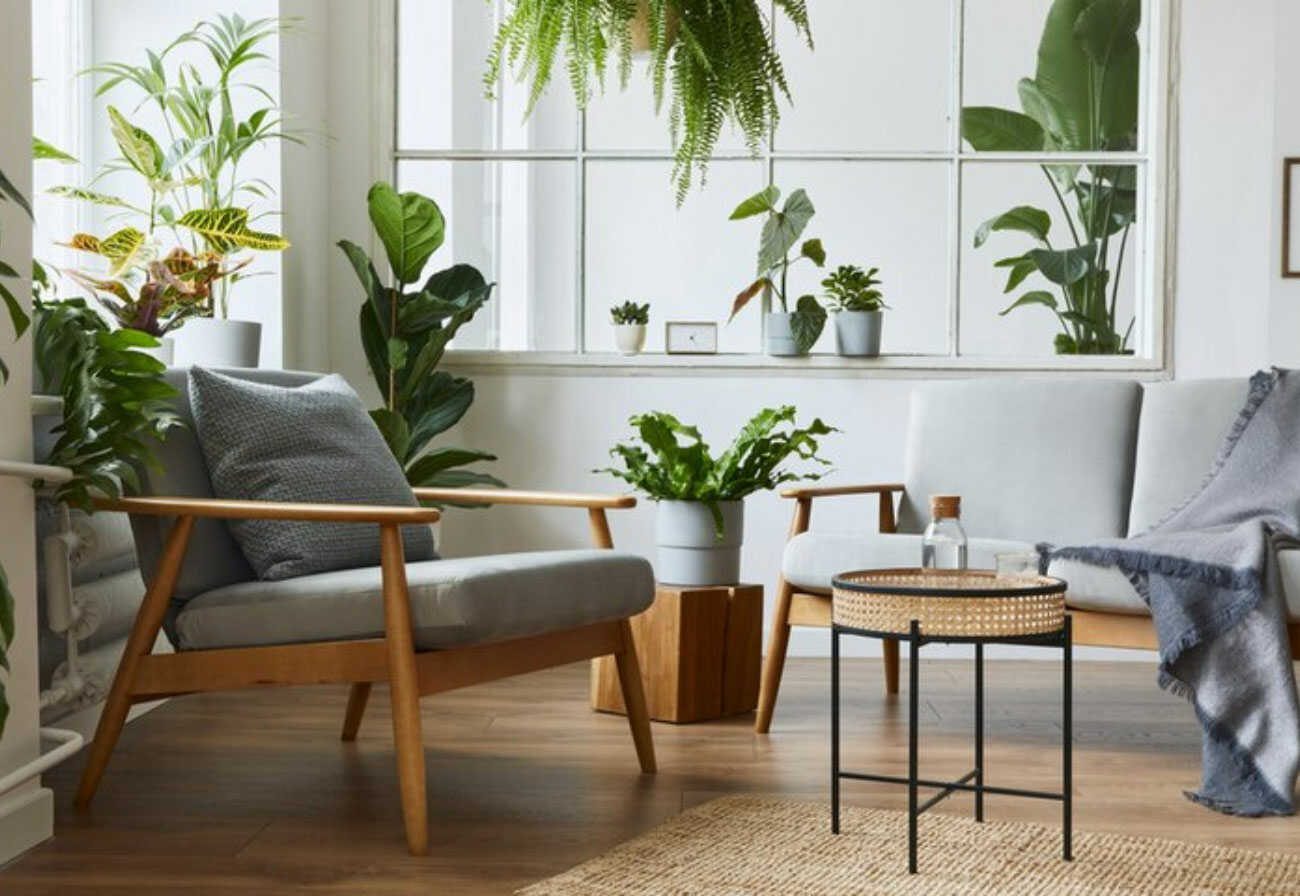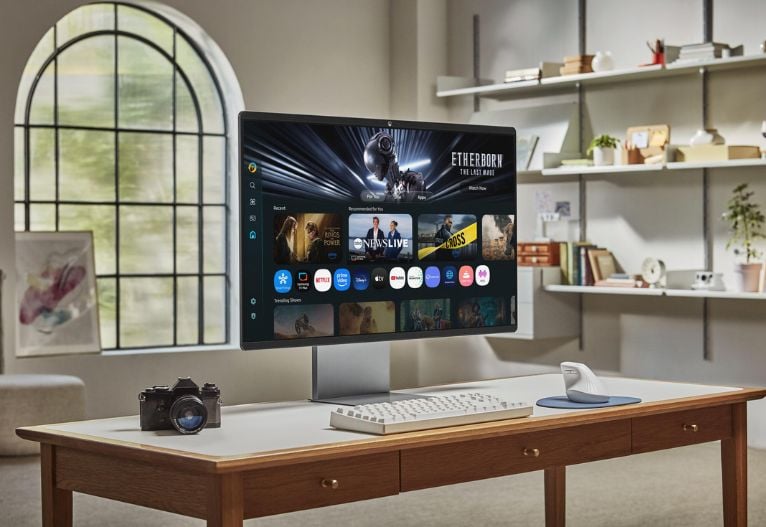If your house feels like a sauna and you’re finding every excuse to visit the fridge, you’re not alone. Sweltering through Australia’s long and scorching summers is nobody’s idea of a good time, so to help you out we’ve dug up loads of heat-busting hacks to help you learn how to keep the house cool in the summer months.
Aside from how physically uncomfortable it is to live in an overly hot house (and don’t even get us started on what it does to sleep!), it’s important to keep homes cool for structural reasons too. Excessive heat is known to damage paintwork, appliances, roofing and more!
But don’t sweat it if you don’t have thousands to fork out for new air conditioning systems. Many of our creative hacks below are gentle on the wallet and cost-effective – in fact, some even help you save on your energy bills!

Add awnings or shade sails
External awnings are superheroes when it comes to blocking heat in the home – and don’t worry, they’ve come a long way from the 1970s styles many of us grew up with! Shade sails are another fabulous option for the exterior of the home and they can be positioned almost anywhere.
Use reflective paint on the roof
Repainting the roof is a lot easier than replacing the entire thing and the right paint helps reflect a great deal of heat. Not only does this help keep your house cooler, but it helps lower your energy costs in summer.
Consider blockout curtains
From bedroom blinds to loungeroom drapes, many new window furnishings have the option of adding a blockout layer to the window side. This not only reflects a lot of heat but stops it from flowing into the room. If you don’t want to invest in new curtains, consider baby blackout products, which can be applied directly onto windows behind your existing window furnishings.

Plant more leafy trees
Strategically placed leafy trees play a big role in creating shade around the home. Some climbing plant varieties even help shield external walls from heat. Talk to your local garden supply store about the best trees and shrubs for standing up to Australia’s harsh heat.
Cook at different times of the day
The oven and stove add a lot of heat to the house, so rather than baking a cake at the peak of the week’s hottest day, plan around the weather and use cooking appliances at the coolest time of the day. (And open up windows to let heat out!)
Or, cook outside!
Another option is to avoid cooking indoors altogether during heatwaves and use a barbecue or portable grill outside to keep the heat out of the house.

Turn off appliances that generate heat
If you’ve ever felt behind a TV or computer, you’ll have noticed how much heat they generate. On hot days, do yourself a favour and turn off any heat-generating devices that aren’t being used.
Invite plants into the home
Indoor plants are sometimes referred to as nature’s air conditioners because of their transpiration process. In short, as plants absorb water and naturally ‘sweat,’ they actually help remove heat from the surrounding air.

Consider double-glazed windows
Double-glazing is an undisputed eco-friendly addition to any home because it not only blocks heat but also noise and cold. And the good news is many existing windows can be double-glazed.
Speaking of windows, seal those gaps!
Notice any gaps around your windows or doors? Get on to sealing that STAT. Just like the cold, heat will find a way through any crack or gap.
Use portable fans around the house
Portable fans are a relatively inexpensive way to keep air moving and create a welcome windchill effect. Even better, place damp towels or ice packs in front of them for cooler airflow.

Check your home’s insulation
A lot of insulation batts last a lifetime, but inferior and old products have a lower shelf life and may need replacing. Talk to a professional and investigate whether your home has sufficient insulation.
Install ceiling fans for a quick win
Ceiling fans create a windchill effect that makes spaces feel a lot cooler than they are, so these are some of the best ways to keep homes cool in the summer months. You don’t need to spend a fortune on them either, just take into account that you’ll need an electrician to install them.

Keep lights turned off (or change your bulbs!)
If you’re using incandescent bulbs in lamps around the house, it’s going to create a lot of extra heat. Either swap them out for LED products that don’t generate heat.
Cross-ventilation is a saviour
For air to flow, it needs a path to follow, so rather than closing up your house and turning it into an oven, open windows on opposite sides of the room or house. This invites any welcome breezes to make their way through the house, pushing hot air out and providing a welcome reprieve to the family.
Close off the hottest rooms
Any rooms that cop the harsh afternoon sun are going to become saunas FAST! If air conditioning isn’t reaching the space, close the room off to the rest of the house and try to block that pocket of heat (draft stoppers are a good idea too.). If it’s a bedroom, it may be worth sleeping in a cooler part of the house for a while.

Considered investing in a swimming pool for your home? Find out the amazing benefits of magnesium pools and why everyone’s talking about them.






-

-
-
MH514261, NSW
- 04 Jan 2026
-

-
-
MH514261, NSW
- 27 Dec 2025
-

-
-
MH513376, WA
- 13 Oct 2025
-

-
-
Mum4232, NSW
- 18 Sep 2025
-

-
-
MH513363, QLD
- 09 Aug 2025
-

-
-
loves_coffee_and_wine, SA
- 21 Mar 2025
Post a commentTo post a review/comment please join us or login so we can allocate your points.